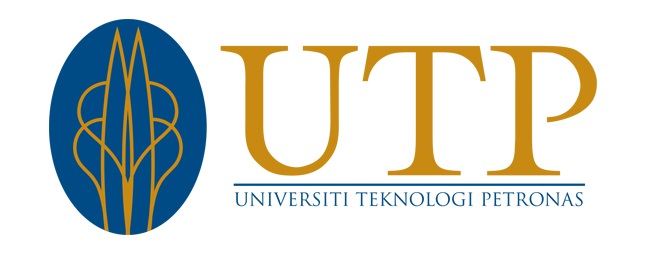Jamaludin, Siti Nur Fathiyah and Ibrahim, Noor Azahar (2025) PERIDOTITE. [Instructional Teaching Materials]
L.jpg
Restricted to Registered users only
Download (1MB)
Collision, mélange and circular basins in north Borneo- A genetic link (1).pdf
Restricted to Registered users only
Download (12MB)
Abstract
Rock Type: Iron Ore/Ultramafic
Province: Crocker Range
Age: Middle Miocene – Pliocene (13.82 – 2.58 million years ago)
Origin: Kg Polumpung Melangkap, Kota Belud, Sabah
* Peridotite, a coarse-grained ultramafic igneous rock, primarily forms through the crystallization of magma deep within the Earth's mantle and is not common to be found in surface exposure.
* Peridotite can be brought to the Earth’s surface through tectonic processes like mantle upwelling at mid-ocean ridges or in ophiolite complexes.
* Its characteristic green to black color stems from the abundance of olivine and pyroxene minerals. Peridotite exhibits a granular texture due to its coarse crystalline structure, resulting from slow cooling and solidification of the molten rock.
* Serpentinization, a transformative process, occurs when peridotite undergoes hydration, reacting with water to produce serpentine minerals, such as lizardite, chrysotile, and antigorite.
* Serpentinization not only changes the mineral composition but also influences the rock's color, turning it into shades of green. This alteration process often results in a softer, greasy feel to the peridotite.
| Item Type: | Instructional Teaching Materials |
|---|---|
| Depositing User: | Mr Ahmad Suhairi Mohamed Lazim |
| Date Deposited: | 14 Feb 2025 08:12 |
| Last Modified: | 30 Jun 2025 10:35 |
| URI: | http://utpedia.utp.edu.my/id/eprint/30244 |
 UTPedia
UTPedia